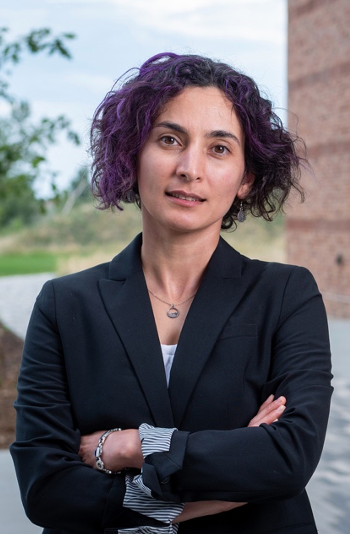
IR Beyond the Diffraction Limit at Submicrometer and Nanoscale Spatial Resolutions
The December meeting of the New York and New Jersey Society for Applied Spectroscopy (NYSAS) was held on December 5 at the Horiba Optical Spectroscopy Center in Piscataway, New Jersey. The guest speaker, Curtis Marcott, was one of the 2018 tour speakers offered by the Society for Applied Spectroscopy (SAS).
The December meeting of the New York and New Jersey Society for Applied Spectroscopy (NYSAS) was held on December 5 at the Horiba Optical Spectroscopy Center in Piscataway, New Jersey. The guest speaker, Curtis Marcott, was one of the 2018 tour speakers offered by the Society for Applied Spectroscopy (SAS).
Marcott is a senior partner at Light Light Solutions, a spectroscopic consulting firm in Athens, Georgia. He is a former research fellow at Procter & Gamble (Cincinnati, Ohio), and was the 2011 president of the editorial advisory board of Applied Spectroscopy. Additionally, Marcott is an affiliated professor of materials science and engineering at the University of Delaware (Newark, Delaware) and an adjunct professor in the Department of Chemistry and Biochemistry at Miami University (Oxford, Ohio).
In his presentation, Marcott explained that spectral data provides fast, easy access to rich information regarding a molecule’s history and interaction with other molecules in a system. “The problem is that there is a significant amount of effort involved in interpretation,” he said. He described three major limitations of mid-infrared (IR) spectroscopy that have limited its usefulness for solving real world problems:
- The spatial resolution is limited by diffraction physics to around 5 µm.
- Thin (or diluted) samples are needed to minimize IR band saturation.
- Reflection measurements off nonmetallic samples typically produce weak signals with distorted spectral line shapes, unless performed using attenuated total reflectance.
After briefly reviewing the evolution of mid-IR spectroscopy over the past 50 years, Marcott discussed a new approach that uses the photothermal IR response of the sample while eliminating virtually all of the limitations discussed previously. This approach uses a tunable pulsed mid-IR laser to induce a photothermal effect into a sample surface which is subsequently measured using a visible probe laser focused on the sample. Applications of this approach discussed included characterization of polymer layers in packaging, bone cross sections, amide I and amide II orientation in spider silk, and water and nucleic acid analysis of epithelial cheek cells.
Twenty eight people attended the meeting, and the New England Regional section of SAS was invited to participate through a virtual presentation.
More information about NYSAS schedule of meetings can be found at
Newsletter
Get essential updates on the latest spectroscopy technologies, regulatory standards, and best practices—subscribe today to Spectroscopy.





